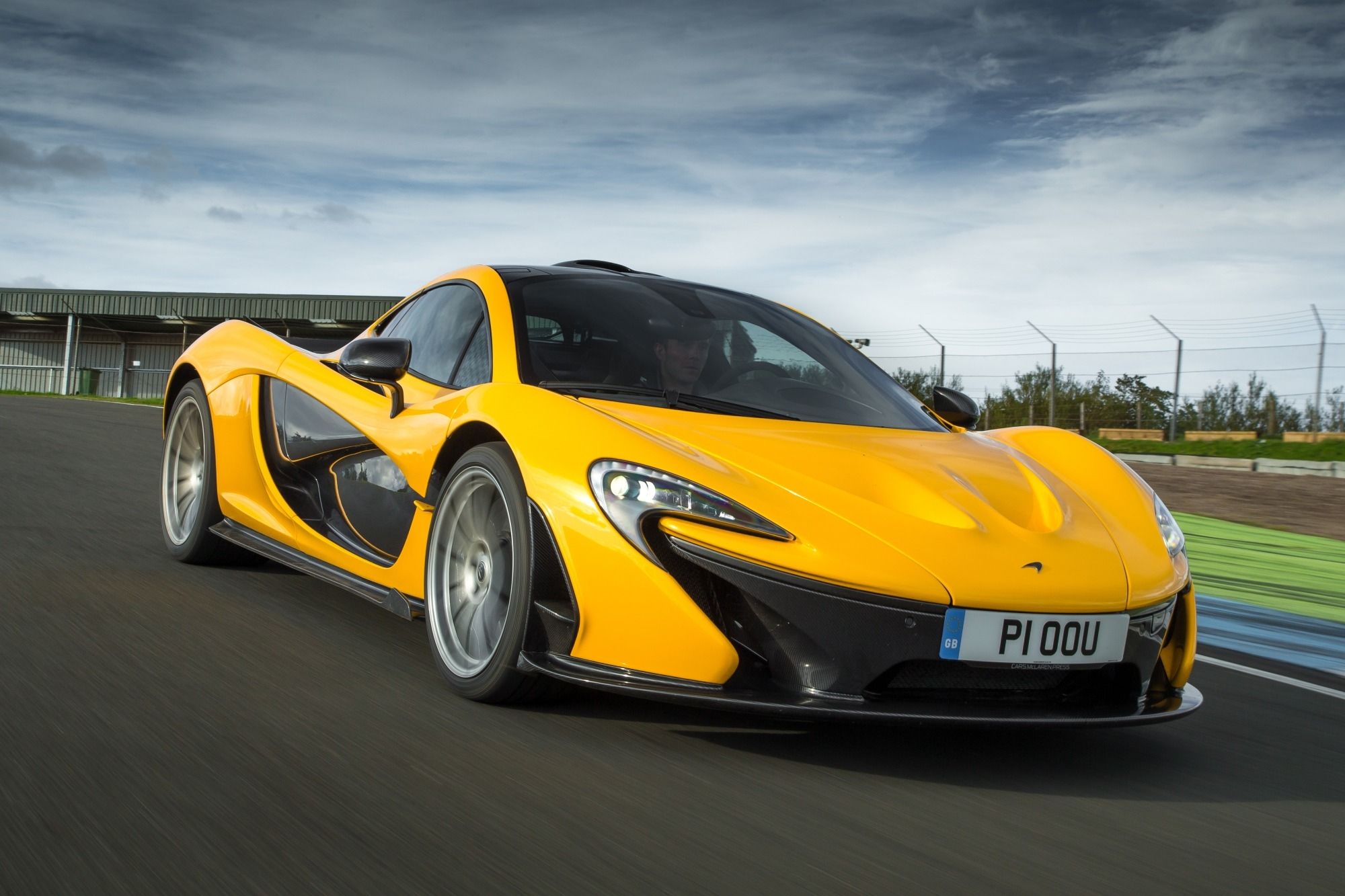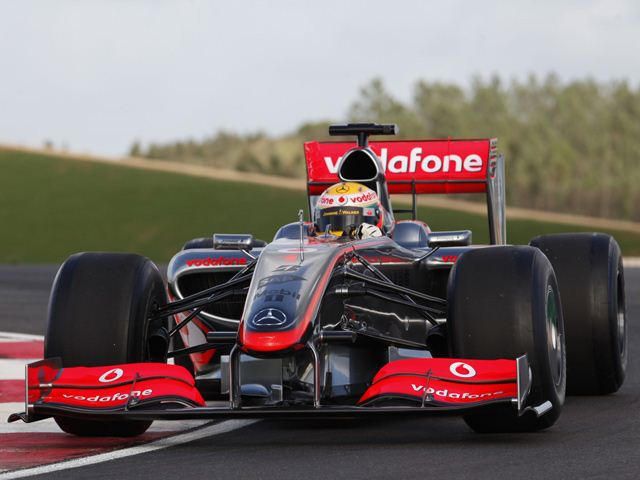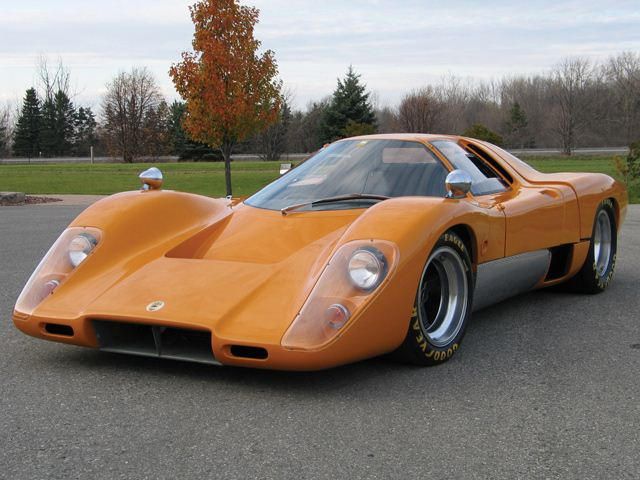
We nearly didn't include McLaren in this series. They are, after all, much more racing team than manufacturer. But then, so was Ferrari at first, and McLaren has also been getting much more serious about building cars in the recent past, and could now probably safely be said to exist in both worlds. And much as you would expect from a company primarily engaged in motorsports, the road cars built by the company formed in 1963 by a young Kiwi named Bruce McLaren are amazing technological achievements.
Though reasonably successful in Formula 1, Bruce McLaren didn't want to limit himself to one series, and started his own team as a means of competing in as many series as he could handle. This started with the Australian Tasman Series, a short-lived venture similar to F1 but allowing bigger engines. In F1, McLaren was still driving for Cooper in the early days of his team, but decided to move his team into F1 for the 1966 season. The team was soon also competing in Can-Am, and its first F1 World Championship would come in 1974, at the hands of the legendary Emerson Fittipaldi.
Many people believe that McLaren's first foray into building road cars came in 1992 with the F1, which still stands as an absolutely amazing car today, but McLaren made a couple of earlier attempts long before this. The first was the M6GT, a car which was to be built and homologated so that it could compete at Le Mans. This was basically a Can-Am car with a roof and some other tweaks to make it street legal. Of course, this was the late Sixties, so not a whole lot tweaks were really needed, as safety and emissions legislation wasn't quite so stringent. But manufacturing still proved to be a problem and the project never really got underway.
McLaren's next street car venture came in 1980, when it teamed up with Ford to make a special McLaren Mustang. The resulting car was an incredible technological achievement, but also horrifyingly expensive. Just 250 units were planned, but the high price made the car so unappealing that only 10 ended up being built, including the prototype. But it's not likely that this bothered anyone at McLaren for long, as the mid-Eighties to early Nineties were a golden age of sorts for McLaren in F1. From 1984 to 1991, McLaren won every F1 championship save one (1987) thanks to the driving of Niki Lauda, Alain Prost and Ayrton Senna.
From there came the debut of the F1 road car - at the time, the fastest production car ever made - and McLaren would become a well-known name even to those who weren't racing fans. Of course, though McLaren never intended to race the F1 supercar, it was eventually raced as the F1 GTR. This racing version wasn't too different from the street version, with the exception of the stripped interior and added safety equipment. But at the 1995 running of the 24 Hours of Le Mans, the F1 still took an overall win, beating purpose-built prototypes made specifically for this race.
McLaren had an absolutely bombproof reputation at this point, as there was no shortage of evidence that it definitely knew exactly what it was doing. McLaren is now the second oldest and second most successful team in the history of Formula 1, shown up in both categories only by Ferrari. It is also now producing the MP4-12C road car (which is also being raced in GT3 competition), and the new P1 has just been revealed. McLaren might not be the reigning champion, but it seems we can expect it to be highly competitive on the street and the track for many years to come.


